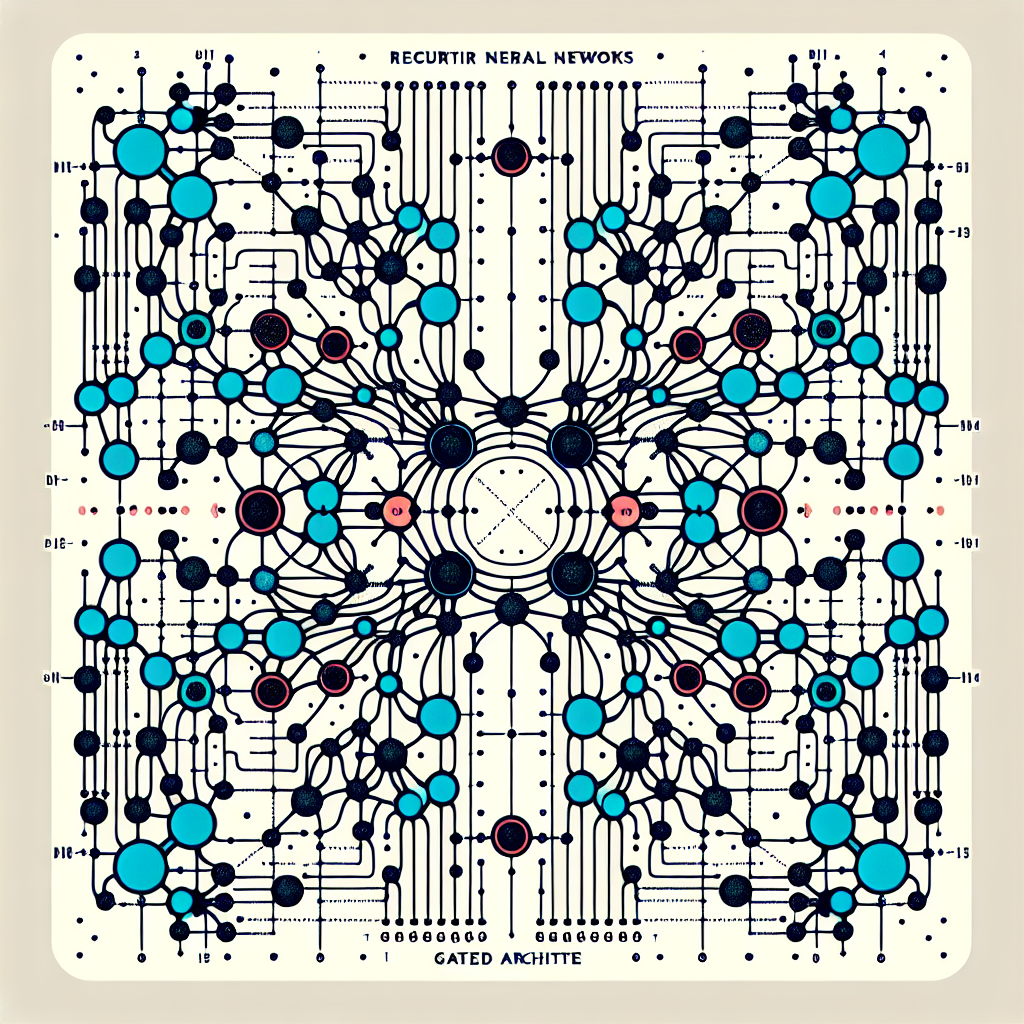Fix today. Protect forever.
Secure your devices with the #1 malware removal and protection software
Recurrent Neural Networks (RNNs) have gained popularity in recent years due to their ability to effectively model sequential data. However, traditional RNNs suffer from the problem of vanishing gradients, which can make it difficult for the network to learn long-term dependencies in the data.
One solution to this problem is the use of gated architectures, such as Long Short-Term Memory (LSTM) and Gated Recurrent Unit (GRU) networks. These architectures incorporate gating mechanisms that allow the network to selectively update and pass information through time, making it easier to learn long-term dependencies.
One of the key features of gated architectures is the use of gates, which are responsible for regulating the flow of information through the network. LSTM networks, for example, have three gates: the input gate, forget gate, and output gate. The input gate controls the flow of new information into the cell state, the forget gate controls which information to forget from the cell state, and the output gate controls the information that is passed to the next time step.
GRU networks, on the other hand, have two gates: the update gate and reset gate. The update gate controls how much of the previous hidden state is passed to the current time step, while the reset gate controls how much of the previous hidden state is combined with the new input.
These gating mechanisms allow gated architectures to effectively model long-term dependencies in the data. For example, in a language modeling task, LSTM networks have been shown to outperform traditional RNNs by capturing dependencies that span over hundreds of time steps.
Furthermore, gated architectures have been successfully applied to a wide range of tasks, including speech recognition, machine translation, and video analysis. In each of these tasks, the ability of gated architectures to model long-term dependencies has proven to be crucial for achieving high performance.
In conclusion, gated architectures such as LSTM and GRU networks have revolutionized the field of recurrent neural networks by addressing the problem of vanishing gradients and enabling the effective modeling of long-term dependencies in sequential data. By exploring the power of gated architectures, researchers and practitioners can continue to push the boundaries of what is possible with RNNs and unlock new opportunities for innovation in artificial intelligence.
Fix today. Protect forever.
Secure your devices with the #1 malware removal and protection software
#Exploring #Power #Gated #Architectures #Recurrent #Neural #Networks,recurrent neural networks: from simple to gated architectures

Leave a Reply
You must be logged in to post a comment.